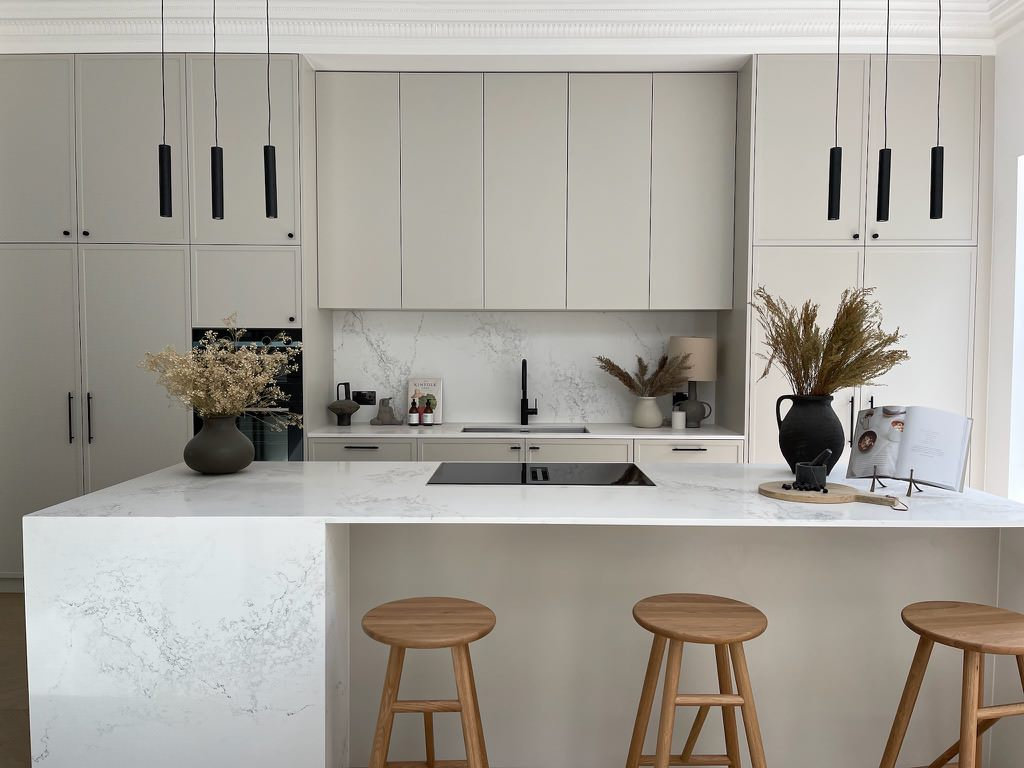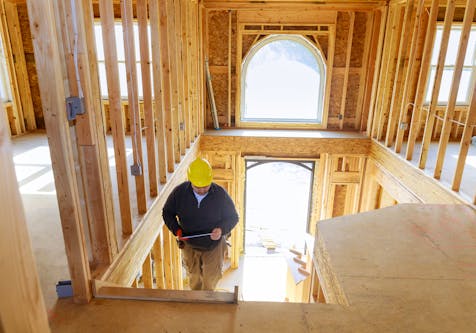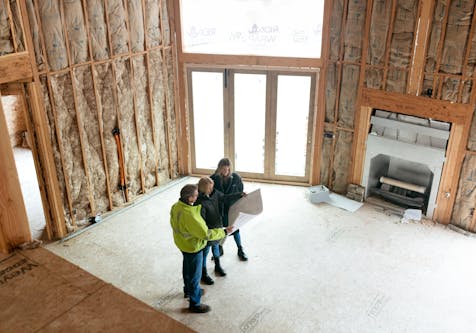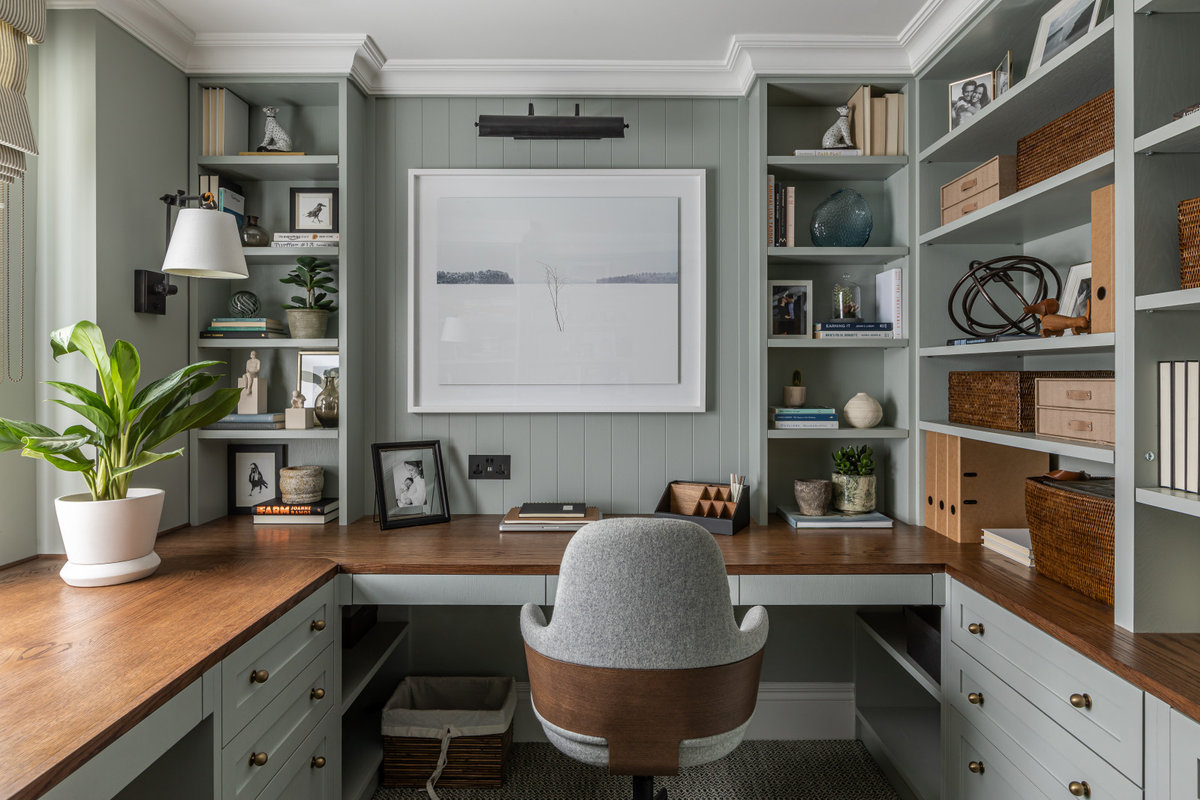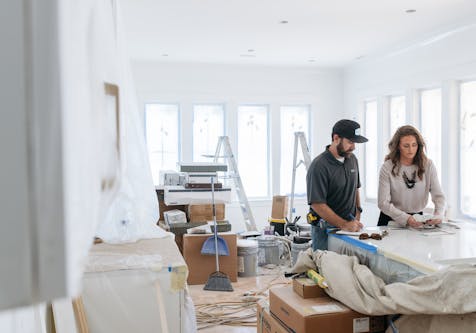Builder Communication Challenges and How to Solve Them
Remove chaos and stress during a renovation project by adopting these simple communication strategies
If your construction team’s communication is haphazard, unclear, or non-existent, there are some easy ways to deal with the problem. The key is to set up clear systems and encourage a work environment where everyone’s input is valued.
Take a look at these communication tips from professionals on Houzz to help devise a coherent communication strategy for your construction firm.
Challenge 1: Communication is chaotic
Even the most straightforward construction project can throw up issues from time to time, and communication is key to nipping them in the bud. A small problem can turn into something much bigger when team members are unaware of key information, or when no one knows who’s responsible.
Solution: Set up a clear communication structure
Define a chain of command or divide your firm into departments, so everyone knows who they need to communicate with at any given time.
“Our company, albeit small, has a pretty defined structure to guarantee order, precision and flawless communication, both internally and externally,” Luca Pietrobelli of We Love Build says.
He explains that they have three main departments. The first is Business Development, where the team generates the initial lead and maintains a relationship with the client.
Secondly, the Technical department is based in an office and looks after all the project details, developing and sorting all the technical questions on a project, as well as liaising with the operations on-site.
Finally, there’s the Operations department, which looks after the day-to-day physical work on-site and communicates with the Technical team on a regular basis.
Challenge 2: Clients feel out of the loop
A lack of information can cause stress for renovation clients, particularly when there are delays or unexpected issues. When a customer is constantly waiting for updates, anxiety levels can rise, which creates a bad experience for everyone involved.
Solution: Create client communication channels
Make it easy for your clients to stay informed and ask questions by setting up accessible communication channels.
“Our managing director attends all client meetings and completes notes,” Toria Hall of Progressive Design says. “Then our office team record [them] on the relevant project file and follow up in weekly office meetings with any points to be actioned.”
Toria says that clients are given all contact numbers, including mobile phone numbers, at the start of a project in a welcome pack, along with a group WhatsApp for team members and clients to use throughout the project. “This ensures the little details are recorded and followed up,” she says.
If you’re using Houzz Pro, the Client Dashboard is a really useful tool for sharing real-time information with customers quickly and easily. Luca, who uses the feature, says, “Official communications and notes are shared on the Houzz Pro Timeline, so the client can access and see the status of things.”
Challenge 3: There are too many messages flying around in one place
If lots of people are posting about disparate subjects in one place, communication can become confused. A muddle of message could result in some of them being lost and projects going awry.
Solution: Split your communications into groups
Rather than having one area for all your internal messages, create a number of channels for different topics. This is similar to the department groups mentioned earlier, but, in this instance, you’d be dividing the channels into topics rather than teams.
“We have created and are maintaining several important groups for internal communication,” Alex Strikovs of Home Republic says. “[We have] one general group to upload time sheets, to express suggestions and for the major company announcements; another group to cover our supply needs, which connects the site foreman with our office supply team, and a separate group to cover day-to-day office communications.”
He says there’s also a group for project management to share information and synchronise any improvements.
“Every project has its own to-do list where all participants can record and have instant access to shared notes, announcements and variations,” he says.
Challenge 4: Team members don’t always share ideas
Many issues can be solved when teams collaborate, but this doesn’t always happen as effectively as we’d like. Sometimes people don’t feel comfortable giving feedback or contributing ideas, or they don’t take responsibility for their own involvement in a project.
Solution: Encourage open discussion
It’s important to set up an atmosphere in which everyone feels they can add value to a project.
“As company directors, we must work hard on introducing and developing corporate culture where everyone would feel their own responsibility,” Alex says. “This way, all actions would be cross-checked and controlled on most levels (not only from the top), which will reduce mistakes and improve profitability.
“Encouraging decision-making and feedback from all company members alongside a developed communication structure is a major key to success,” he adds.



